You can't control when your home will need a costly fix, but you can control whether you have enough cash set aside to cover the damage.
7 Repairs Your Home Emergency Fund Should Cover

What Is a Home Emergency Fund?
The term “emergency fund” typically refers to an account with enough money to cover three to six months of basic living expenses. That way, you’re prepared for loss of income or another financial catastrophe.
And while this is important to maintain, it isn’t the only emergency fund you need. If you are a homeowner, it’s also wise to set aside cash for emergency home repairs.
The money in this fund isn’t there to cover your mortgage payment or grocery bill. We’re talking home repairs that require immediate attention — health hazards, threats to physical safety, or anything leading to further damage and/or ongoing maintenance issues. Examples include a leaking roof, broken windows, pest infestations and plumbing calamities.
Is this fund really necessary? Absolutely. Though seven percent of homeowners don’t expect to spend any money on home repairs or home improvement within the next few years according to a NerdWallet report, something is bound to come up. And when it does, you don’t want to scramble for the cash to pay the bill.
How Much Should I Keep in a Home Emergency Fund?
While the formula for a general emergency fund is straightforward (three to six months of expenses, as mentioned above), figuring out how much to keep in a home emergency fund is more ambiguous. The ideal amount depends on the size, age and value of your home, says Michael Foguth, president and founder of Foguth Financial Group.
“The older and more expensive your home, the more that you should have for emergencies,” Foguth says.
Some experts suggest a minimum of one to four percent of your home’s value. So if your home is worth is $270,000 (according to Zillow, this is the approximate value of the “typical” U.S. home), you should set aside between $2,700 and $10,800 for emergency repairs, for starters. If that range feels out of reach, no worries — even $1,000 is better than nothing, says Foguth.
“In the worst case scenario (with $1,000) you can buy yourself some time,” he says. That amount gives you enough money to provide a roofer or a plumber with a down payment.
Where Should I Keep My Home Emergency Fund?
One of the most important things to remember about your home emergency fund is that it’s not meant to serve as an investment. “You are not trying to make money on this money; you are not trying to get the highest interest rate,” says Foguth. “What you are trying to do is to safeguard yourself against an emergency.”
That means keeping your home repair emergency fund in a checking or savings account so you can tap it when you need it. Mutual funds and other investment accounts are not the right choice, because those funds are not available for immediate withdrawal.
What’s the best way to build up the funds for this account? Foguth recommends earmarking a certain percentage of each paycheck toward the home repair emergency fund until you’ve reached your target; you may have to adjust your monthly budget to make this happen. That way, it’s automatic.
Other ideas include using your annual bonus, re-allocating money from another savings account or designating any extra money from a garage sale or a side business.
Read on to learn which seven specific repairs your home emergency fund should cover, as well as average prices for those repairs. You can also check out NerdWallet’s handy home improvement calculator. It provides a ballpark price range for emergent (and not-so-emergent) projects.

Broken Windows
Broken windows are more than unsightly — they’re dangerous. Broken glass can result in serious injury and leave your home exposed to the elements. Another issue is home security. A broken window is an open invitation to a burglar looking for easy access to a home.
If you discover a broken window in your home, take care of it immediately. The cost for this repair? According to Home Advisor’s 2021 True Cost Guide, broken glass repair runs around $350 depending on the type of glass, window and your location. If you need a new window pane, expect to pay between $100 and $700; the national average is $275.
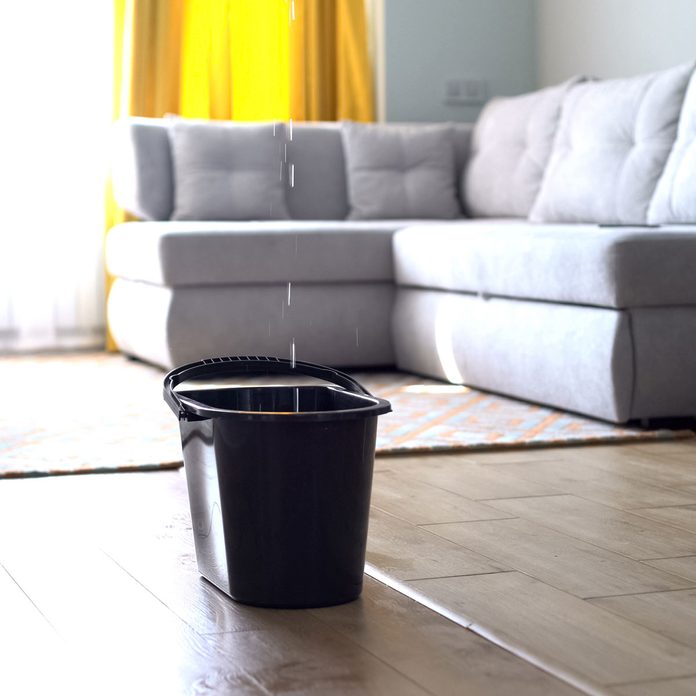
Damaged or Leaky Roof
If extreme weather, poor installation or even just age leaves your roof with cracked flashing, cracked vent booting or broken/missing tiles, deal with it right away. If not, your roof will probably sustain further damage, and this can lead to a whole host of costly problems — mold, fire and harm to various parts of your home’s structure, to name a few.
Expect to spend around $875 on average for repairs, Home Advisor says. If you wait until you need a whole new roof, though, the cost is exponentially higher — as in, more than $8,000.
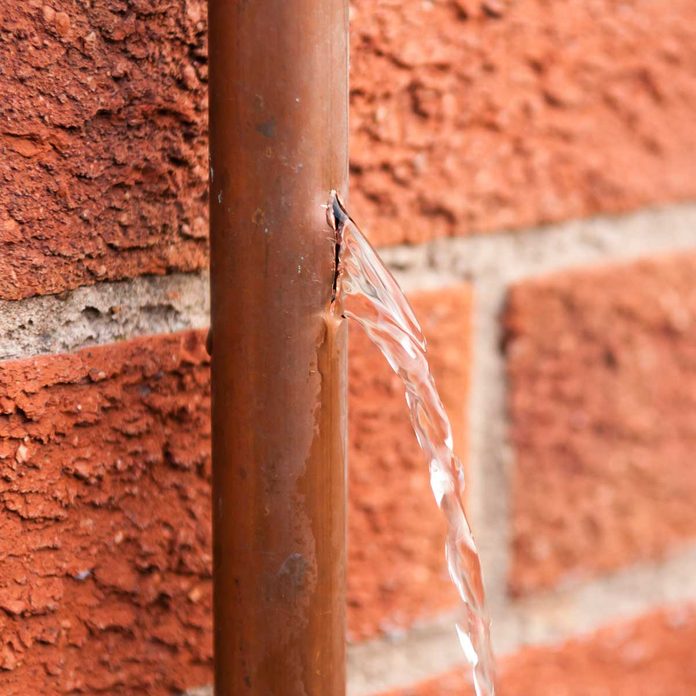
A Burst Pipe
Plumbing problems run from those fixed relatively quickly for little to no money to catastrophic and expensive. A burst pipe is squarely in the big-deal category. If this happens, usually due to freezing or corrosion, you need to drop everything, turn off the water supply at your home’s main valve and call a plumber.
Hopefully, you’ll shut off the water before too much damage is done to your walls, flooring, ceiling and furniture. If not, you’ll have a sizable mess on your hands.
Unfortunately, this is extremely costly — up to $4,000 just to clean up the water and fix the pipe. This doesn’t include the cost to repair the damage to the interior and/or exterior of your home, according to Home Advisor.
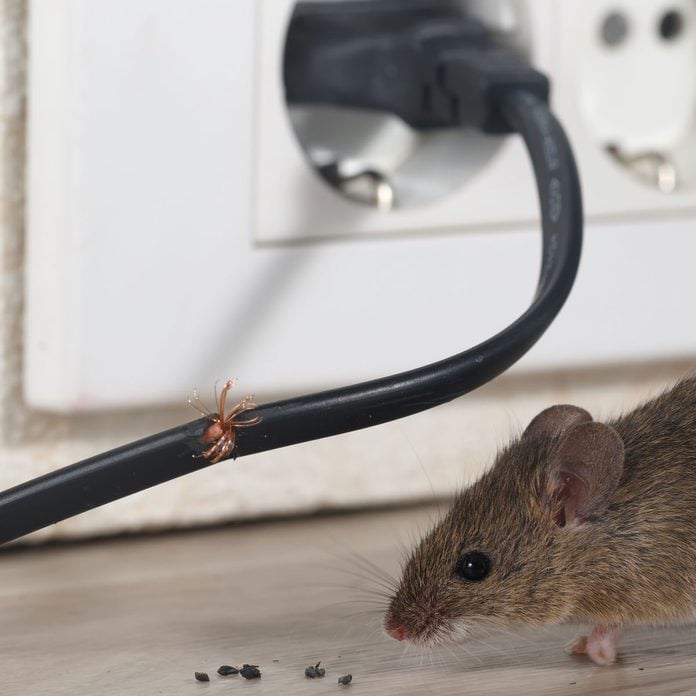
Pest Damage
When left to their devices, pests like mice and insects can cause significant damage to your home, says Mike Bidwell, president and CEO of Neighborly, a national home maintenance franchise company.
Mice, for example, like to chew through electrical wires. The resulting damage can cause an electrical short or even a fire. And termites can ruin your home’s doors, window casings and even structural beams.
If you discover pest damage, address it immediately. Naturally, calling a pest control company is a top priority. How much will this set you back? Up to $1,200 to remove rodents and an average of $177 per visit for insects, Home Advisor reports.
Be prepared: Most insect extermination jobs take multiple visits. And major jobs, like full fumigation, can set you back up to $8,000. And don’t forget to take into consideration paying an electrician or a carpenter to fix the damage caused by these destructive creatures.
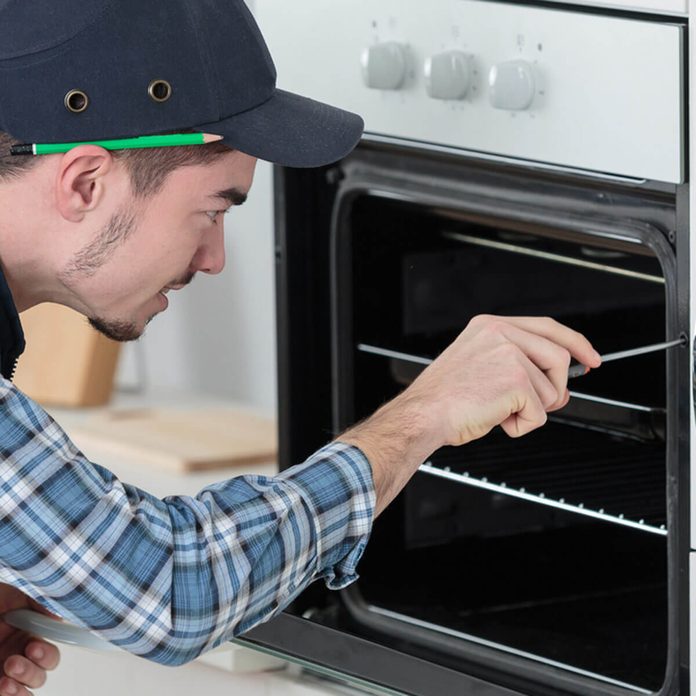
Appliance Repairs
If you’ve ever had your washing machine go kaput at the exact moment you learn someone in your household has lice, you know how frustrating it is when an appliance quits on you. That’s why it’s always wise to keep enough money in your home emergency fund to cover the cost of replacing or repairing your appliances in a hurry. You can simply order a part (if you plan to DIY), schedule an appointment for service or order a new appliance.
Home Advisor says the national average for appliance repair is around $172. However, this depends on the appliance. Sometimes, older appliances are more complicated and costly to fix. And if you decide to replace the faulty appliance? In that case, the sky is the limit.
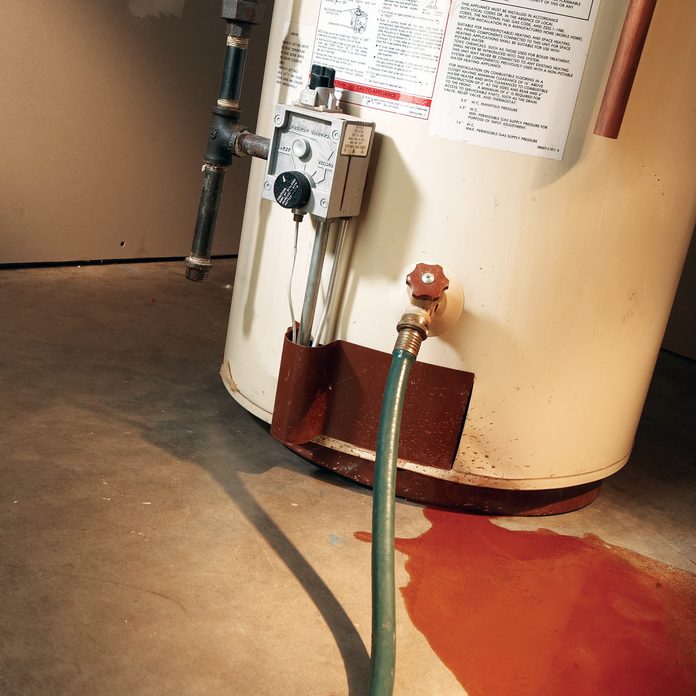
Water Heater Problems
Likewise, we probably don’t need to tell you how much of an inconvenience it is if your water heater shuts down. Cold shower, anyone?
Numerous issues can plague your water heater — faulty valves, broken heating elements or thermostats, corrosion, sediment buildup. That results not only in cold water, but also leaks, rust and bizarre knocking sounds that definitely should not be coming from an appliance. Leaks are especially urgent because of the potential damage to your home. If your water heater starts leaking, take care of it right away.
First, turn off your water at the main shutoff valve, then cut the power to the appropriate circuit or turn off the gas supply. At this point, you can start the troubleshooting. The cost to repair will vary depending on the problem. The average? $575. If you need a new water heater, expect to spend between $750 and $1,300.
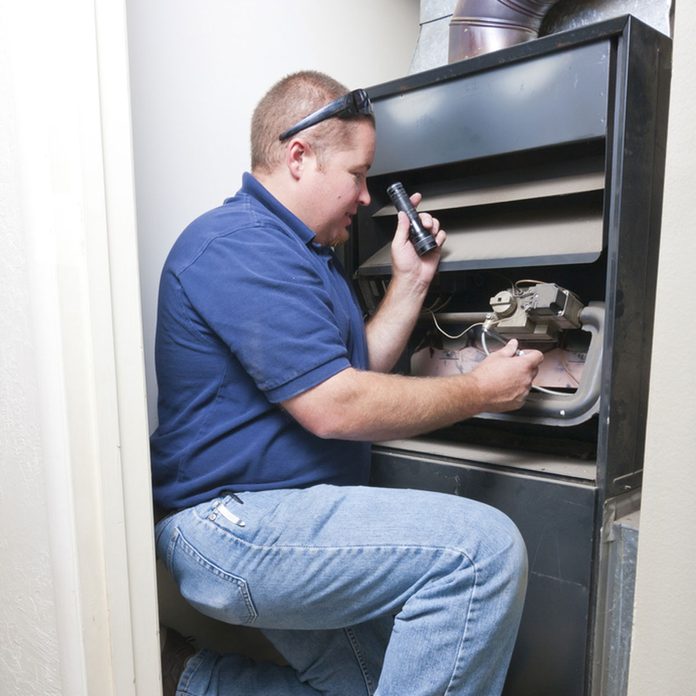
A Defective Furnace
Even a well-maintained furnace can suddenly stop producing heat. To avoid spending several nights shivering under your blankets, prepare to pay for new parts or a whole new furnace in case something goes wrong.
The cost for these repairs depends on the part in question. On the low end, $75 to $250. On the high end, up to $2,000. Overall, the average price to repair a furnace is $302, says Home Advisor, while the average cost of a replacement is more than $4,400.
